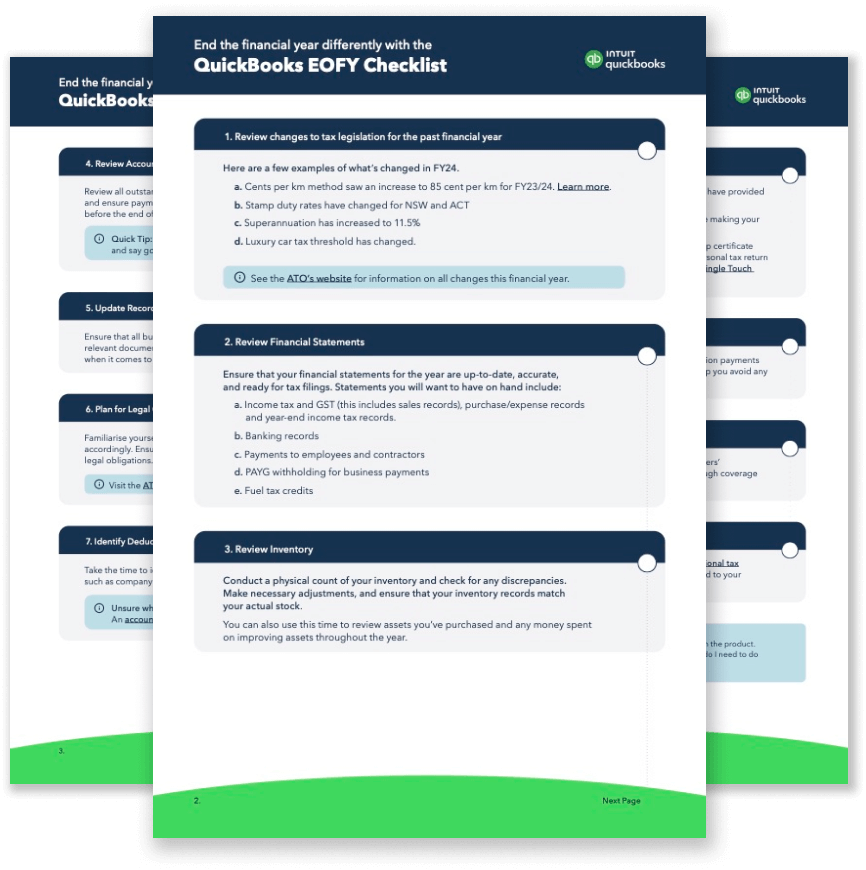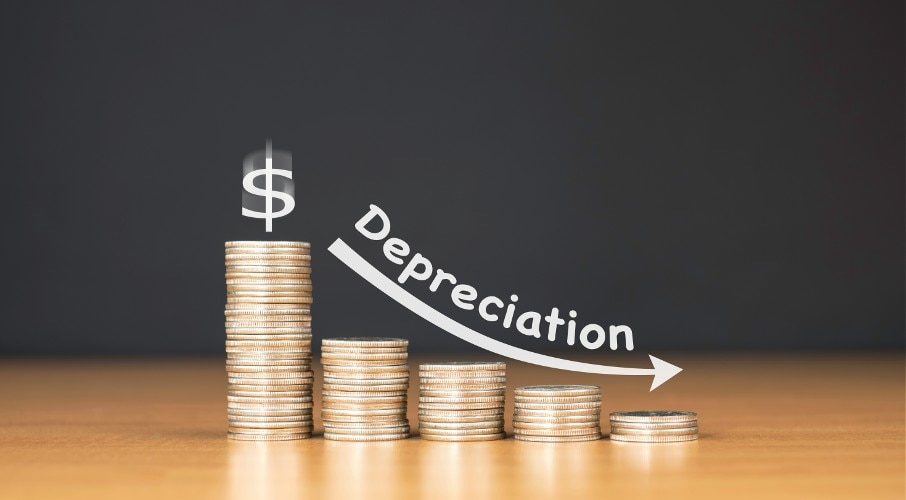What is Depreciation?
Depreciation (Definition)
Depreciation is used to record the cost of an asset (business equipment) and the loss of its value. This is calculated over its expected lifetime. These items are your physical assets, computers, printers, cars, machinery etc, they all lose value over time. The loss of value is called depreciation. Assets depreciate for many reasons, everyday wear and tear, down payments, current trade-in value, and outstanding fees etc. Depreciation allows your business to record the expense in increments rather than deducting the total cost of the purchase immediately which can impact a business’s profit. This also allows the business to still generate revenue from it.
Significance of Depreciation
Depreciation is vital for accurately reflecting the economic reality of asset usage over time in financial statements. Here's why it's important:
1. Expense Allocation. Depreciation allows businesses to match the cost of acquiring assets with the revenue they generate over their useful life. This aligns with the matching principle in accounting, where expenses are recognized in the same period as the related revenues.
2. Asset Valuation: By reducing the carrying value of assets over time, depreciation ensures that the balance sheet reflects a more realistic valuation of these assets. This is essential for assessing the overall financial health and value of a company.
3. Decision Making: Depreciation figures into important business decisions such as asset replacement, capital budgeting, and financial planning. It provides insights into the ongoing costs associated with asset ownership and usage.
Methods of Depreciation
Various methods are used to calculate depreciation, each suited to different types of assets and business needs:
1. Straight-Line Depreciation: This method evenly spreads the cost of an asset over its estimated useful life. The formula is:
Straight line depreciation = (cost of the asset – estimated salvage value) ÷ estimated useful life of an asset
2. Declining Balance Depreciation: Also known as accelerated depreciation, this method applies a fixed rate to the reducing book value of the asset each year. It results in higher depreciation expense in the early years and lower in later years.
3. Units of Production Depreciation: Depreciation is based on the actual usage or output of the asset. The cost per unit of output is calculated and multiplied by the units produced or used during the period.
4. Sum-of-Years' Digits Depreciation This method accelerates depreciation, assigning higher depreciation expenses in the earlier years of an asset's life.
Choosing the appropriate method depends on factors such as asset type, expected pattern of usage, and business objectives.
Depreciation and Taxation
Depreciation has significant implications for tax purposes. Tax laws often dictate allowable depreciation methods and useful lives for different asset categories. The choice of depreciation method can impact taxable income and cash flow, influencing a company's overall tax liability.
Real-World Application and Considerations
In practice, businesses must carefully manage depreciation for accurate financial reporting and effective decision-making:
1. Financial Reporting: Depreciation affects key financial statements such as the income statement and balance sheet. It impacts net income, which in turn affects metrics like earnings per share and return on assets.
2. Capital Budgeting: Understanding depreciation is crucial for evaluating the cost-effectiveness of capital investments and determining the optimal timing for asset replacement.
3. Compliance and Disclosure: Businesses must comply with accounting standards (e.g., Generally Accepted Accounting Principles - GAAP) regarding depreciation policies and disclosures in financial statements.
Conclusion
Depreciation is a fundamental concept in accounting and finance, providing a systematic way to allocate the cost of assets over their useful lives. It influences financial reporting, taxation, and business decision-making, ultimately contributing to the accurate representation of a company's financial position and performance. Mastering the nuances of depreciation enables businesses to make informed strategic choices and maintain financial transparency.
Depreciation for small business
Depreciation can seem tricky at first, but it’s nothing to be scared of. It will help you better understand your costs and may lower your tax bill, which are good things.
It doesn’t have to be complex either. Most businesses simply adopt the depreciation schedule provided by the ATO. Once it’s set up in your accounting software the math's happens automatically and the numbers flow straight through to your tax return. And, as always, an accountant or bookkeeper can provide advice along the way.



_resized900x600.jpg)




